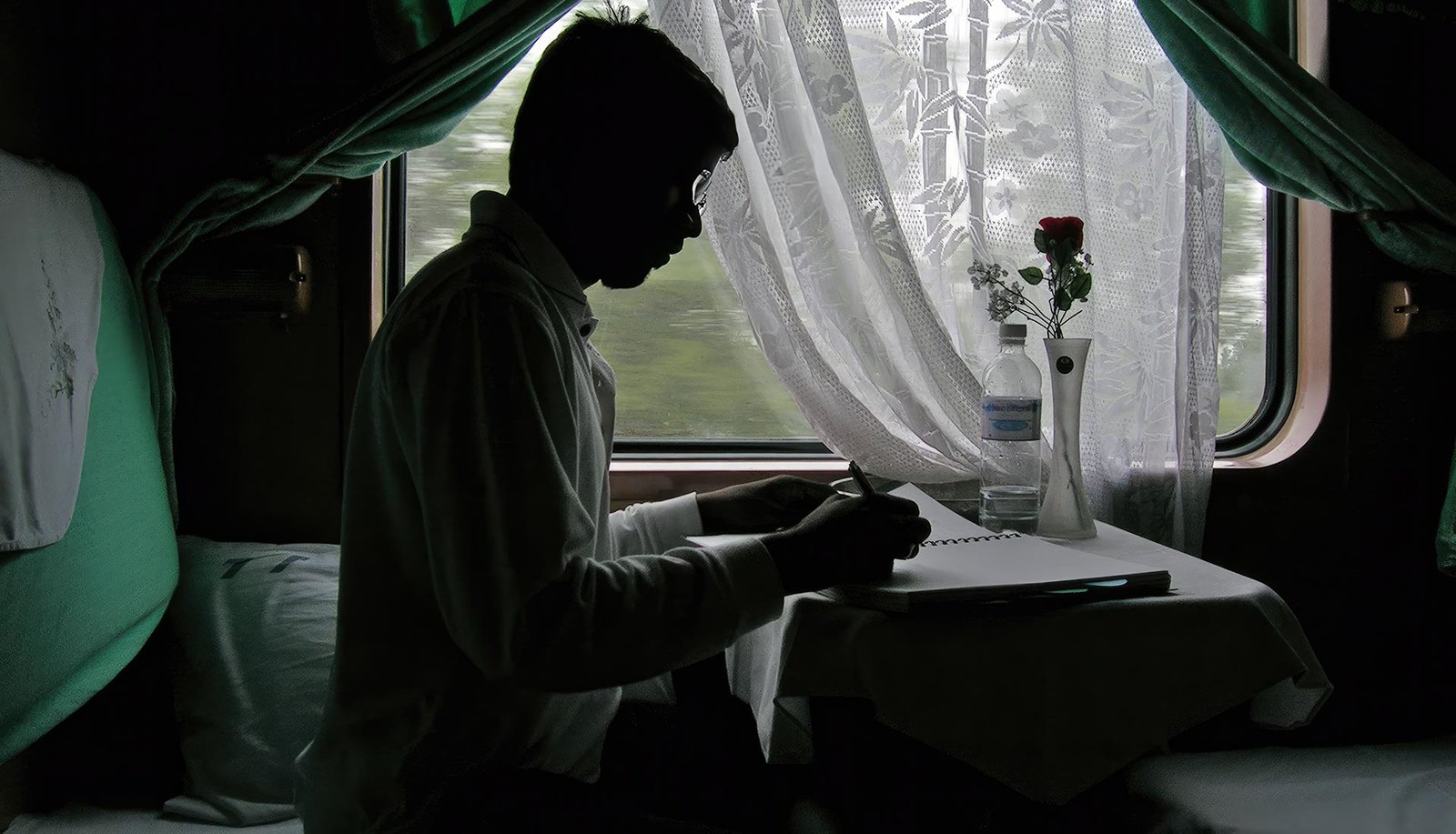CRAFTING MOVIES

SCREENWRITING
If I can do only one thing in life, then I would choose to become a screenwriter. This appeals most to me among the various other things I can do. I can simply go to my mountain resort and live a calm and peaceful life writing stories. That’s for retirement. Let me make some of those stories into films first.
So far, I have written 25 scripts which will become films very soon. One lifetime is very short to create so much content so I am going to use the virtual production technologies to tell my stories.
Screenwriting is the art and craft of writing scripts for films, television shows, and other visual media. It is a specialized form of writing that focuses on creating a blueprint for a visual and auditory storytelling experience. Here are some key aspects that differentiate screenwriting from novel or other forms of writing:
1. Visual Nature:
– Screenplays are primarily concerned with visual storytelling. Instead of describing every detail, screenwriters use concise and vivid language to convey the visual elements of a scene. This includes the setting, characters’ actions, and camera directions.
2. Structure:
– Screenplays have a specific structure that typically includes three acts. The first act introduces the characters and the world, the second act develops the story and characters, and the third act provides resolution. This structure is essential for pacing and engaging the audience in a visual medium.
3. Dialogue:
– Dialogue in screenwriting is crucial. It needs to be concise, impactful, and serve multiple purposes, such as advancing the plot, revealing character traits, and providing information. Unlike novels, excessive exposition in dialogue is generally avoided in screenplays.
4. Limited Descriptions:
– Screenwriters use brief and specific descriptions to convey settings and actions. Unlike novels, where authors may delve into elaborate descriptions, screenplays focus on the essentials to allow directors, actors, and other creatives to interpret and visualize the scene.
5. Collaborative Nature:
– Screenwriting is often a collaborative process. Writers may work closely with directors, producers, and other team members. Unlike novel writing, where the author has more control over the final product, a screenplay is a blueprint for a collaborative effort that involves various creative minds.
6. Format:
– Screenplays have a specific format with industry standards. This includes elements like scene headings, action lines, character names, and dialogue. Following these standards is crucial for communication and understanding among the production team.
7. Pacing and Economy:
– Screenwriters must be mindful of pacing and economy of storytelling. Since films and TV shows have limited time, every scene, line of dialogue, and action must serve a purpose and contribute to the overall narrative.
8. Show, Don’t Tell:
– In screenwriting, the emphasis is on showing the story through visuals and actions rather than telling it through narration. This is because film and television are visual mediums, and audiences can observe and interpret the story through what they see and hear.
In summary, screenwriting is a unique form of writing that prioritizes visual storytelling, concise dialogue, and collaboration. While novels allow for in-depth exploration of characters’ thoughts and detailed descriptions, screenplays focus on creating a blueprint for a visual and auditory experience within the constraints of a specific format and collaborative production process.



